Physics
Sign up for our newsletter
We summarize the week's scientific breakthroughs every Thursday.
-
 Neuroscience
NeuroscienceZipping to Mars could badly zap brain nerve cells
Charged particles like the ones astronauts might encounter wallop the brain, mouse study suggests.
-
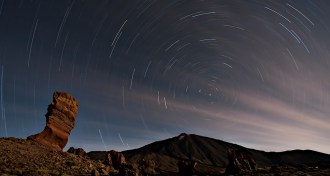 Physics
PhysicsExplanation for G’s imprecision stumbles
A surprising new result seems to suggest that subtle changes in Earth’s rotation rate could account for physicists’ difficulty in measuring Newton’s gravitational constant. But some confusion with dates appears to derail the finding.
By Andrew Grant -
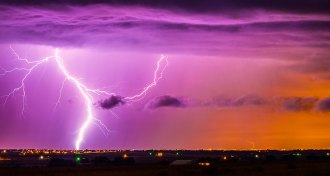 Earth
EarthCosmic rays illuminate lightning
Radio waves emitted by particles zipping through thunderstorms allow physicists to probe thunderclouds and, perhaps eventually, learn what triggers lightning strikes.
By Andrew Grant -
 Particle Physics
Particle PhysicsParticle hunting in space, life in the urban jungle and more reader feedback
Readers discuss wheat's journey to England, share stories about urban wildlife and more.
-
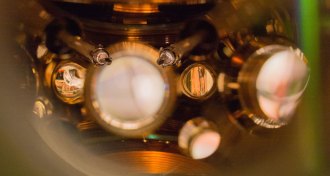 Quantum Physics
Quantum PhysicsAtomic clock will keep precise time for 15 billion years
The world’s most precise atomic clock will not lose or gain a second in roughly 15 billion years.
By Andrew Grant -
 Physics
PhysicsAn even more precise atomic clock
An atomic clock described April 21 in Nature Communications is about three times as precise as its record-setting predecessor.
By Andrew Grant -
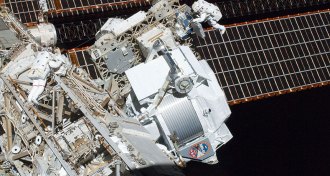 Astronomy
AstronomyCosmic rays misbehave in space station experiment
A puzzling feature in a new cosmic ray census may force physicists to rethink which cosmic objects send these speedy particles hurtling across the galaxy.
By Andrew Grant -
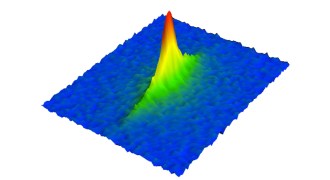 Physics
PhysicsRubidium atoms used to record coldest temperature — ever
A swarm of rubidium atoms has been cooled to about 50 trillionths of a kelvin, making it the coldest substance ever measured.
By Andrew Grant -
 Particle Physics
Particle PhysicsExotic particle turns out to be quark molecule
Subatomic particles made of quarks can bind together to form molecules, according to a computer simulation of a long-studied mysterious particle.
By Andrew Grant -
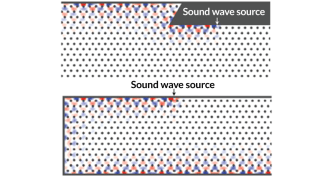 Materials Science
Materials ScienceA new spin on guiding sound waves along a one-way route
A proposed acoustic topological insulator made of an array of spinning metal rods would channel sound waves in one direction along its edge, preventing any sound from bouncing away.
By Andrew Grant -
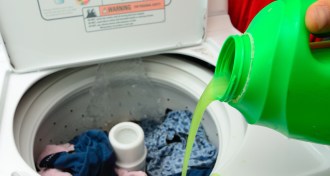 Materials Science
Materials ScienceSuds turn silver nanoparticles in clothes into duds
Bleach-containing detergents destroy antibacterial silver nanoparticles that coat clothes.
By Beth Mole -
 Chemistry
ChemistryIdea for new battery material isn’t nuts
Baking foam peanuts at high heat can form wee structures that lure lithium ions and could make for cheaper, more powerful batteries.
By Beth Mole